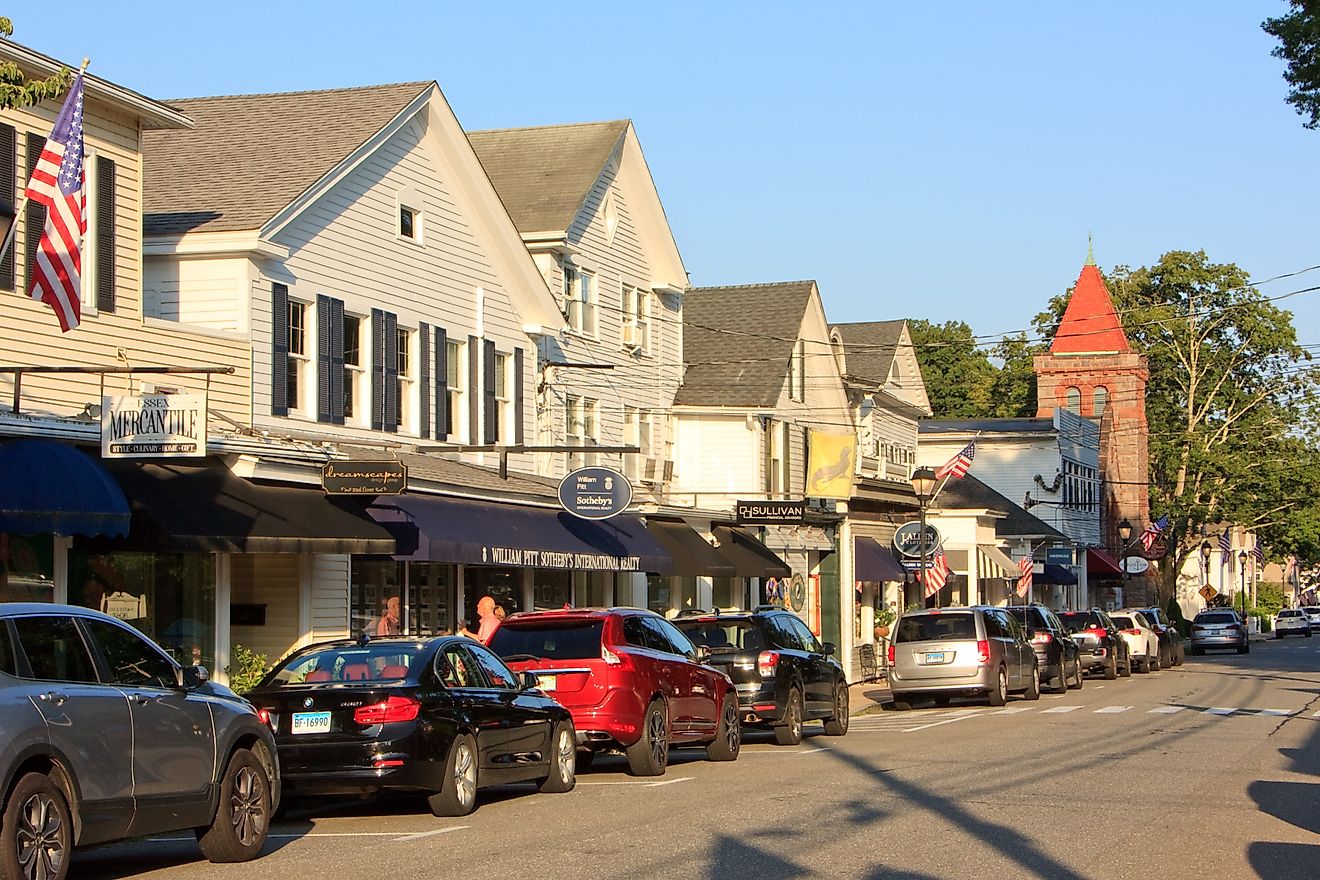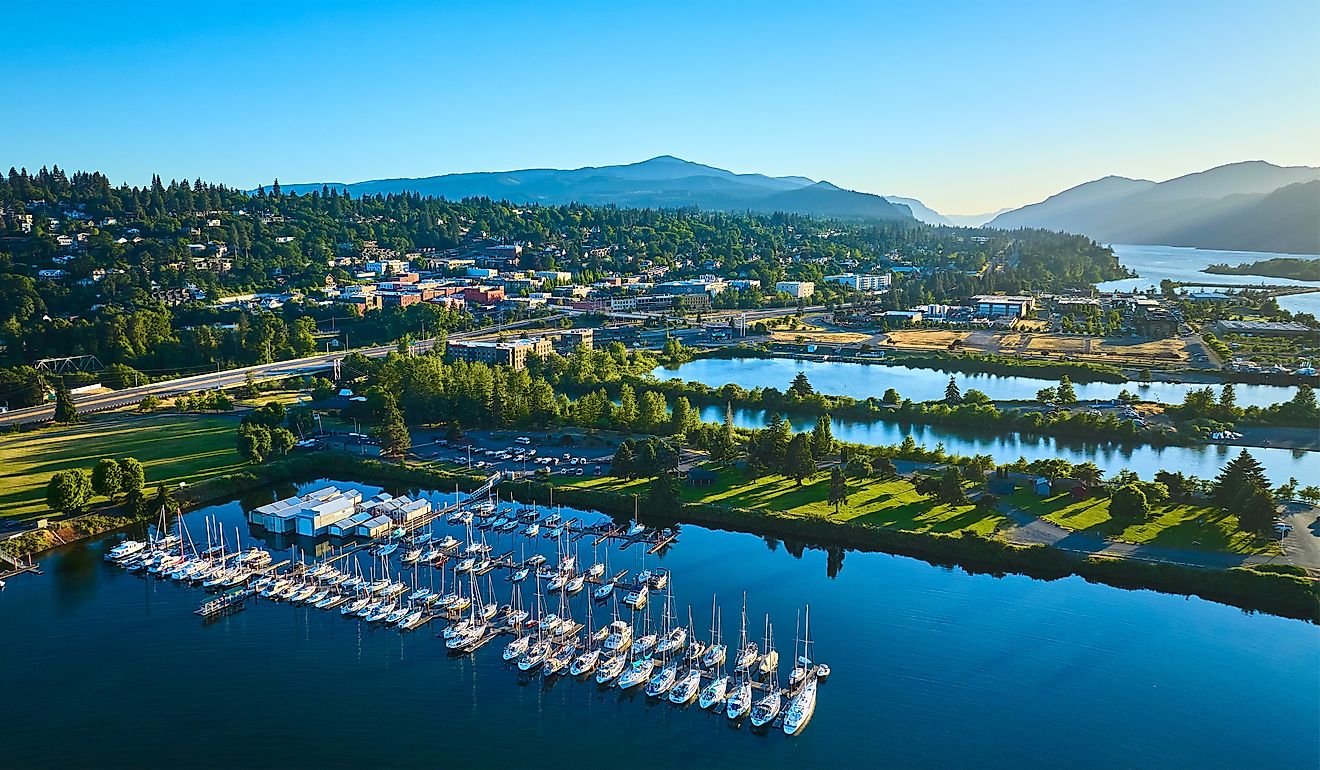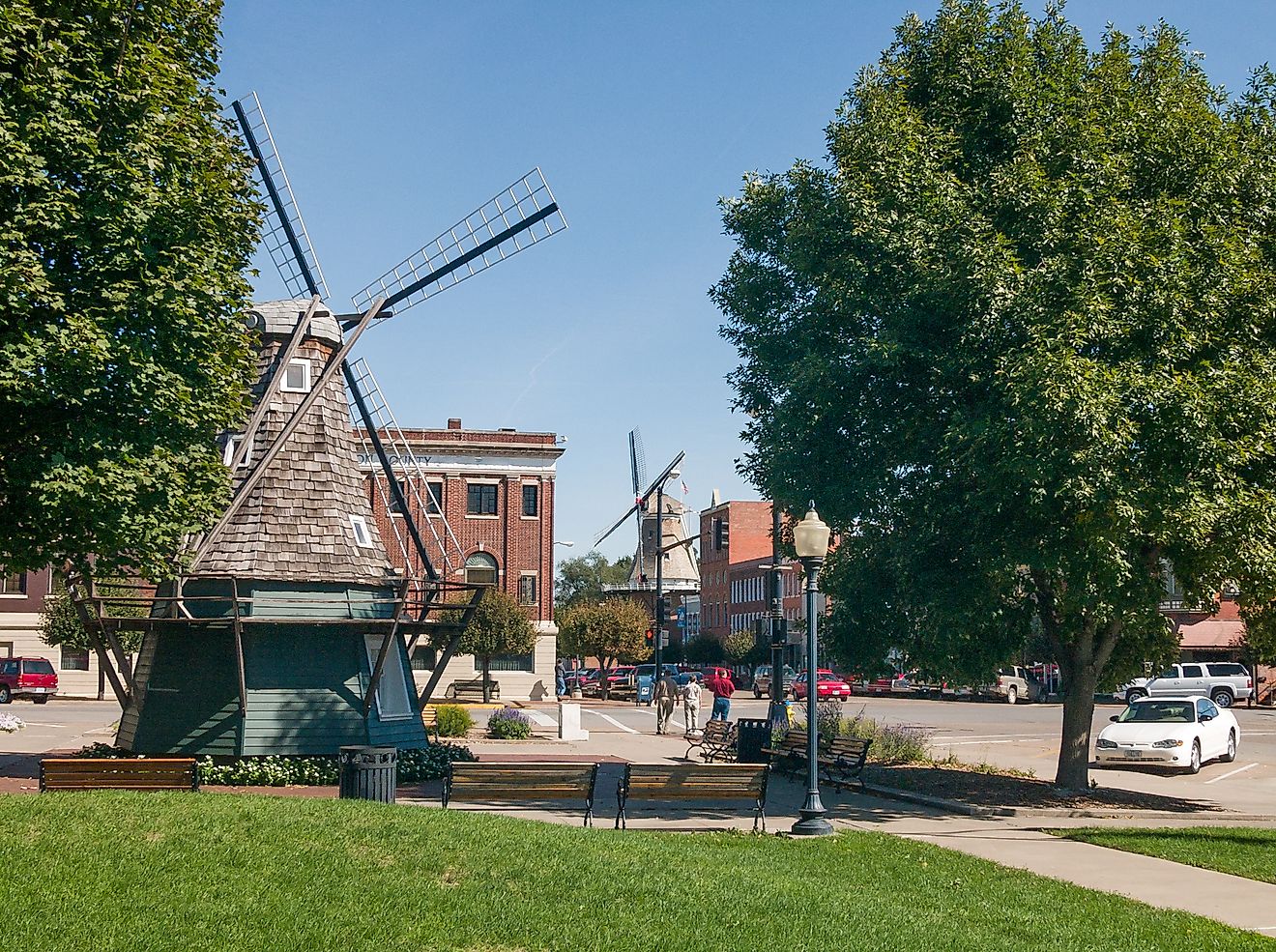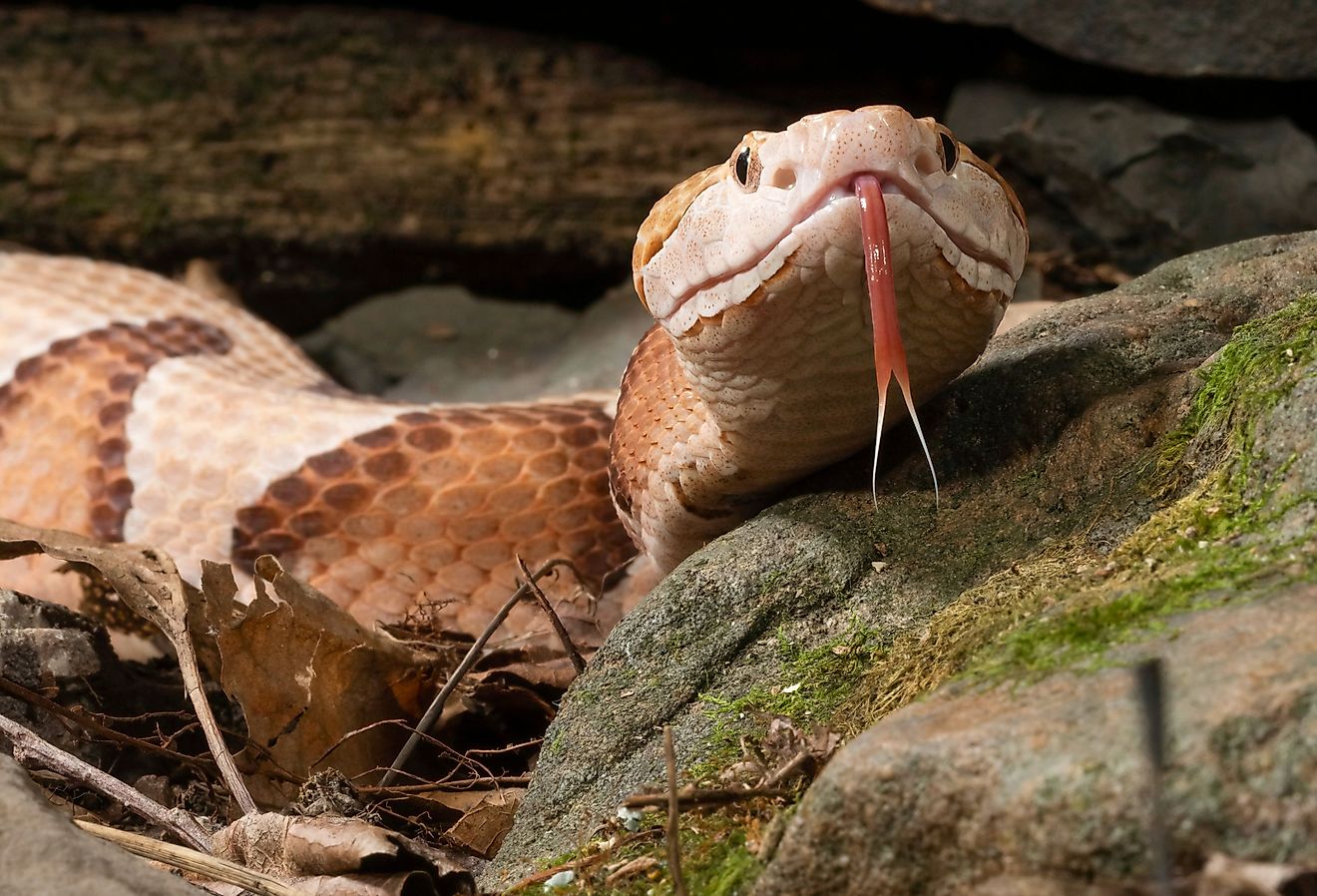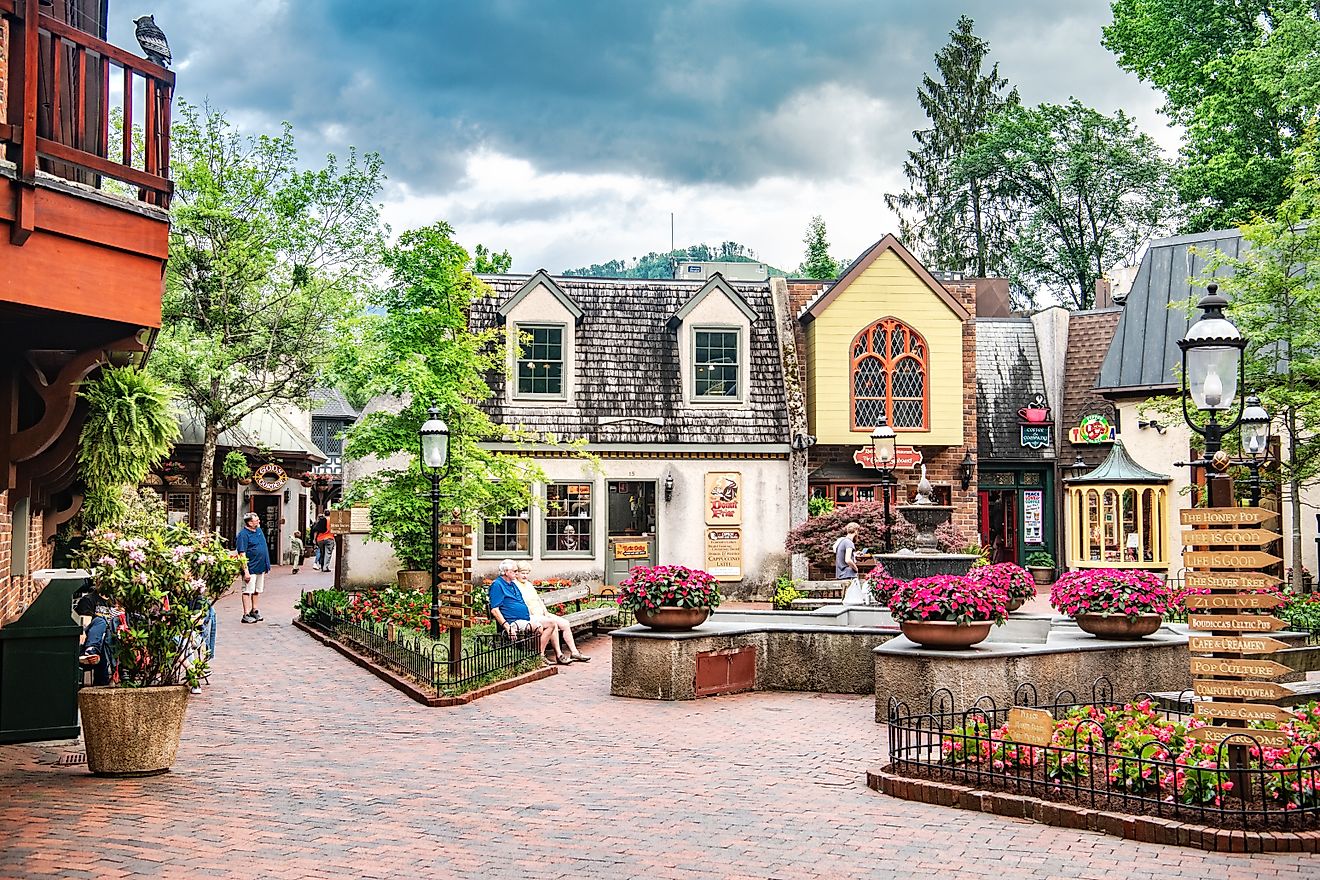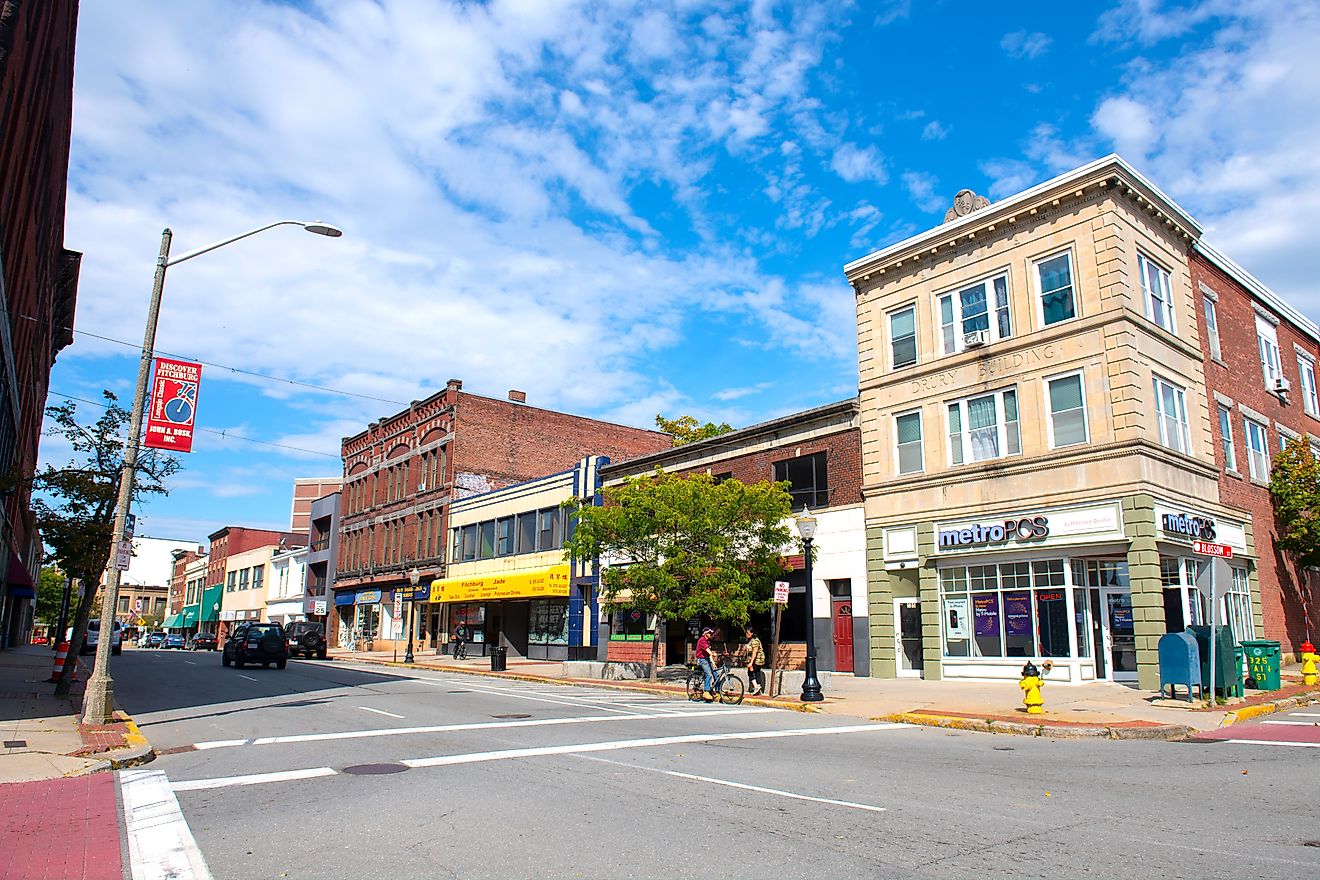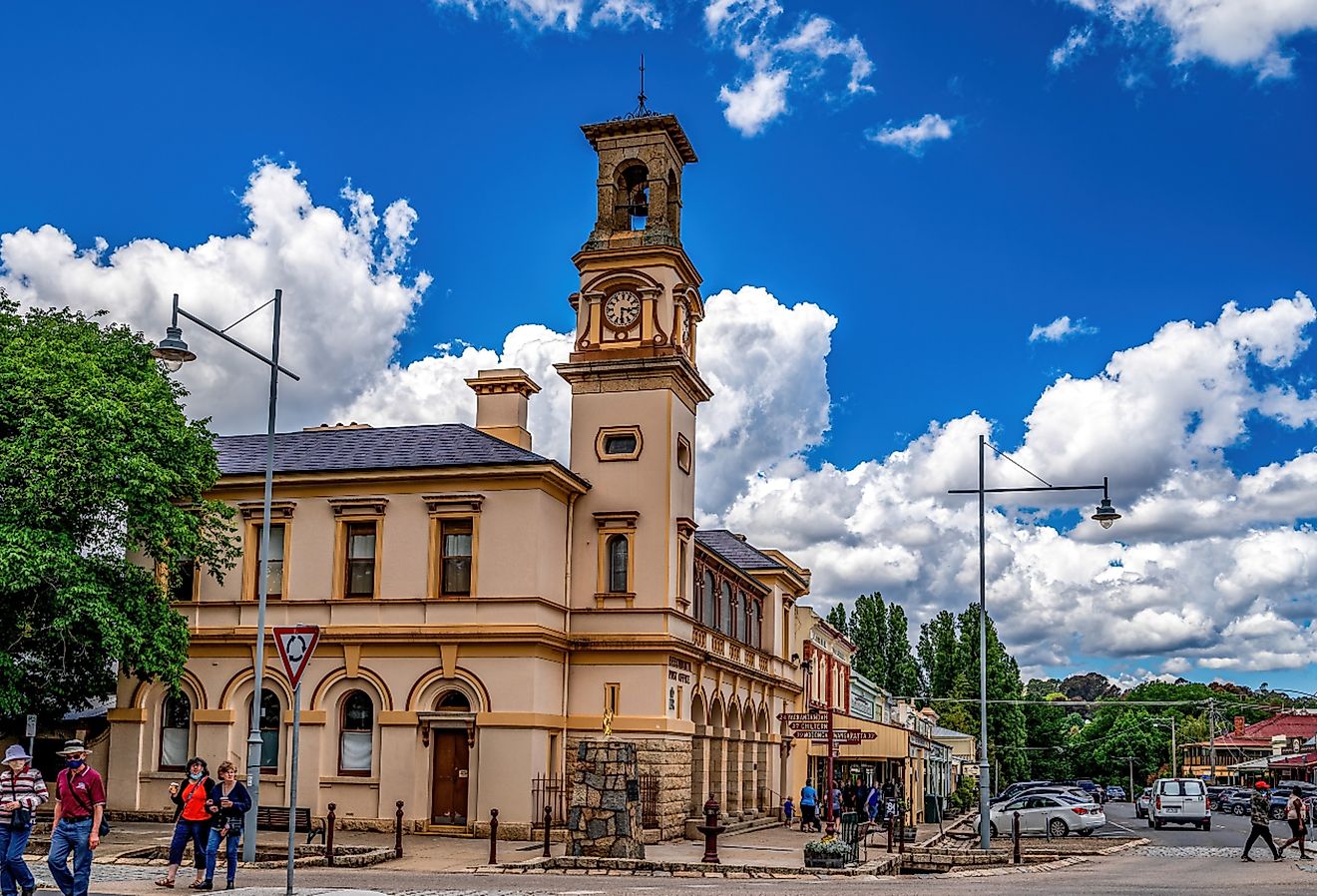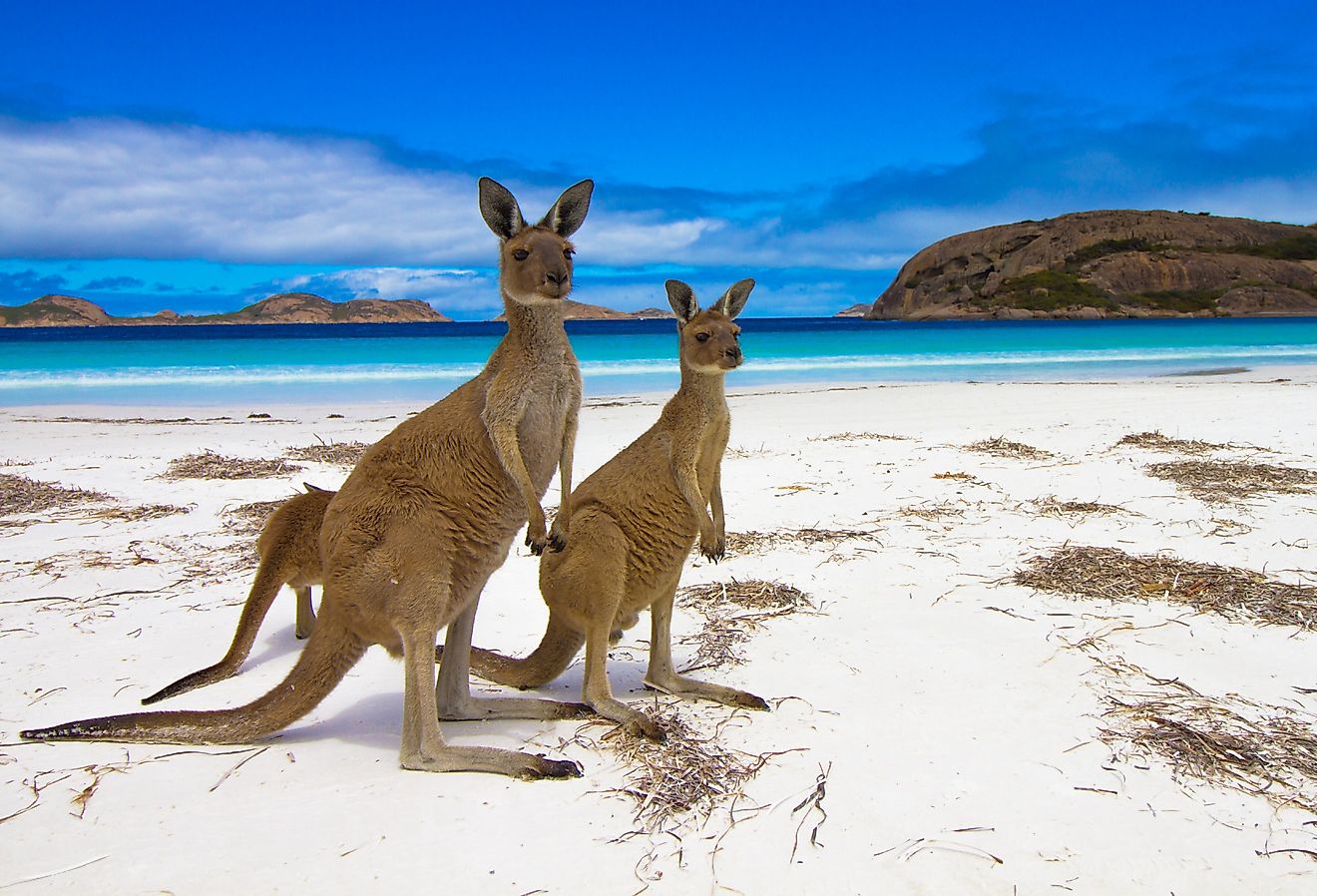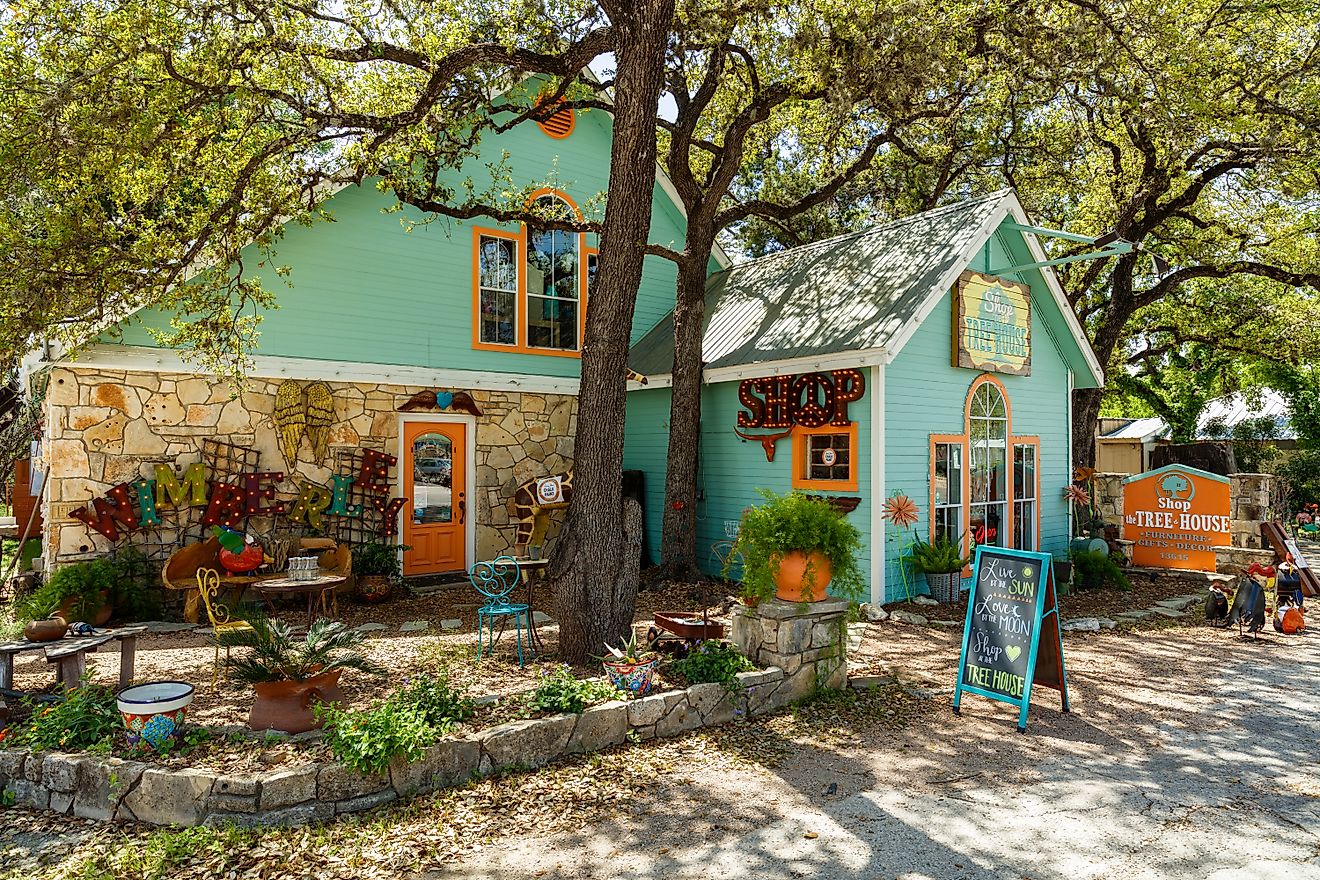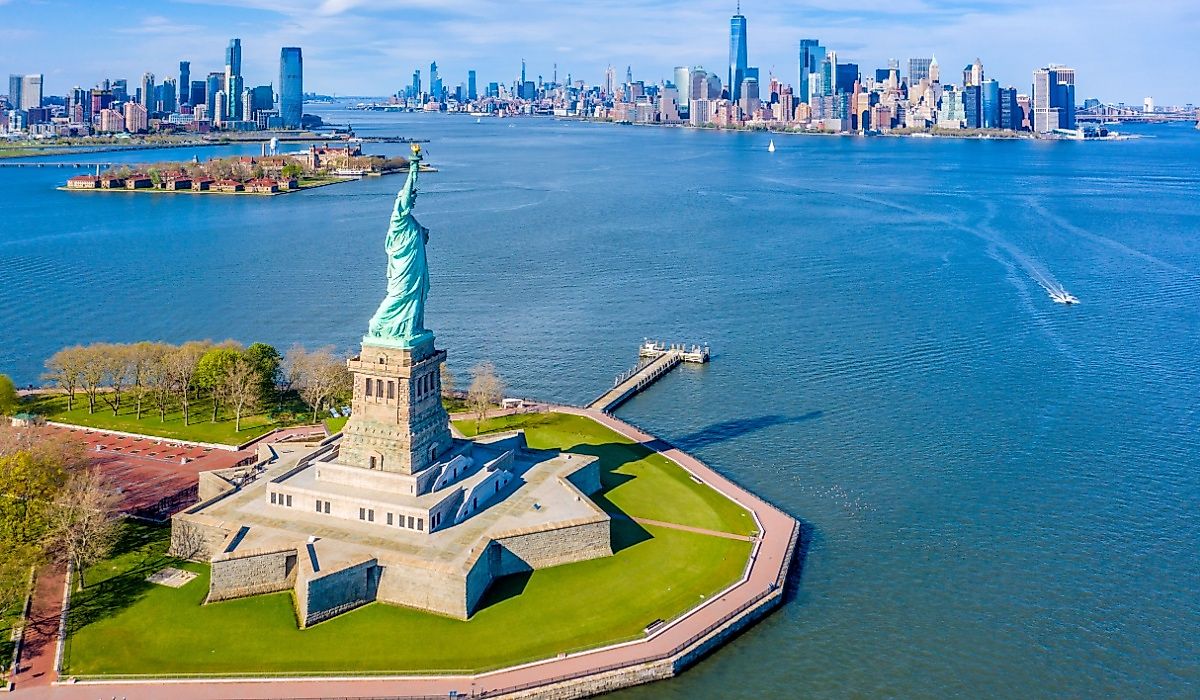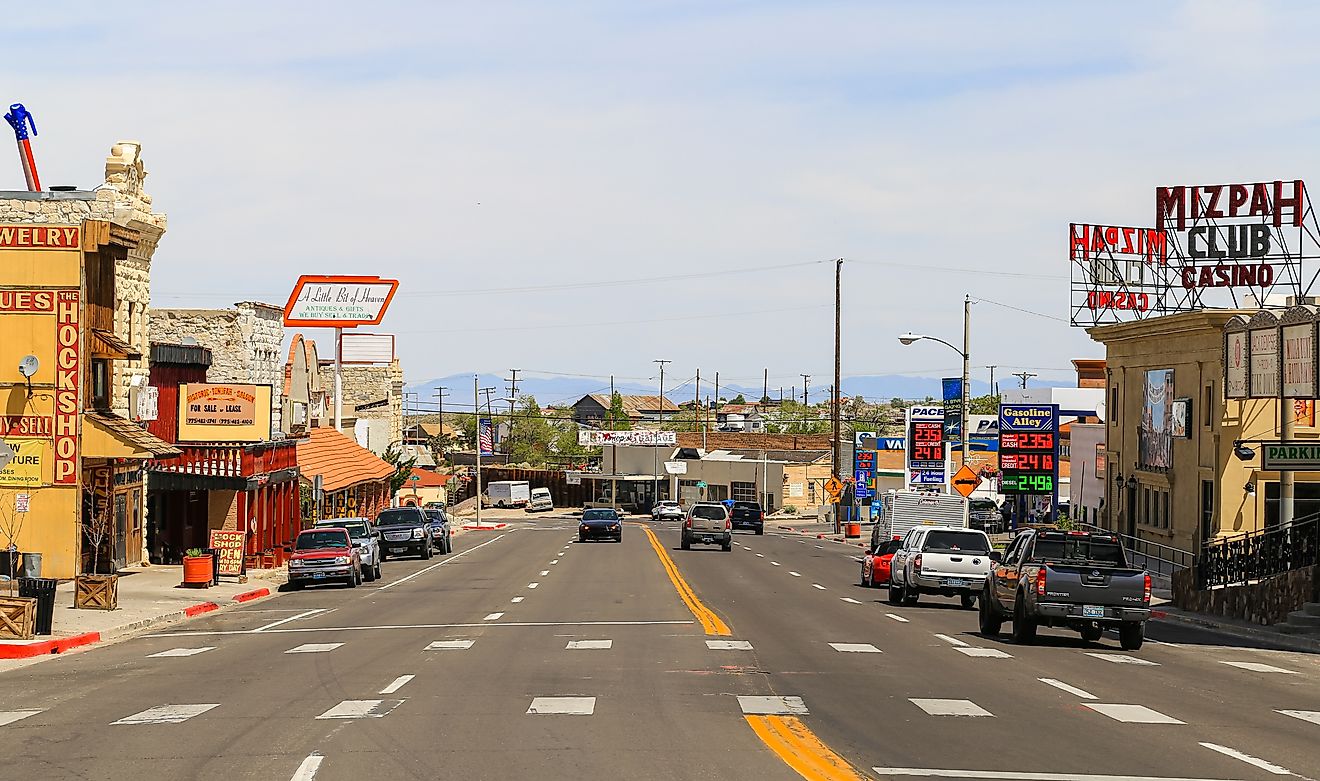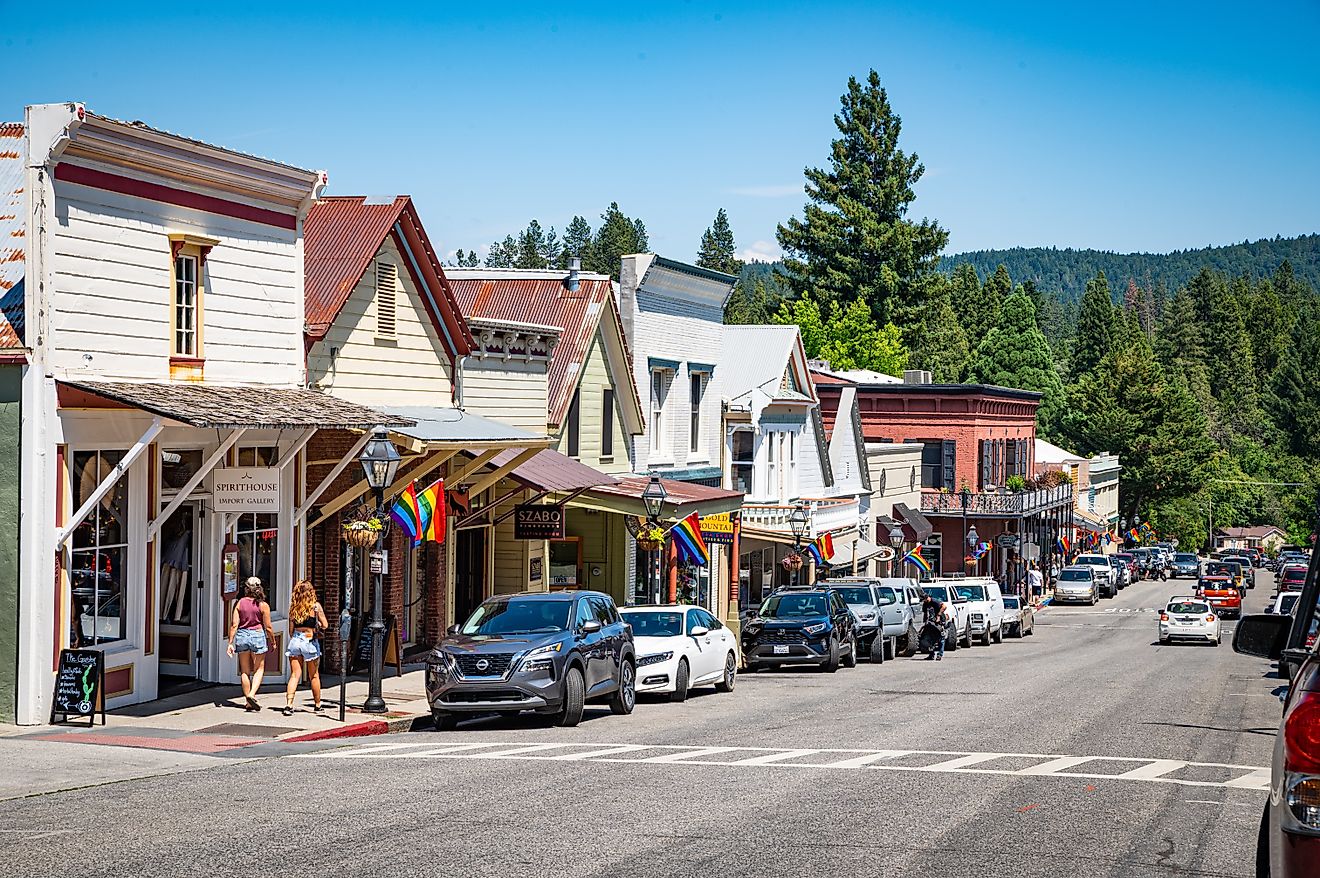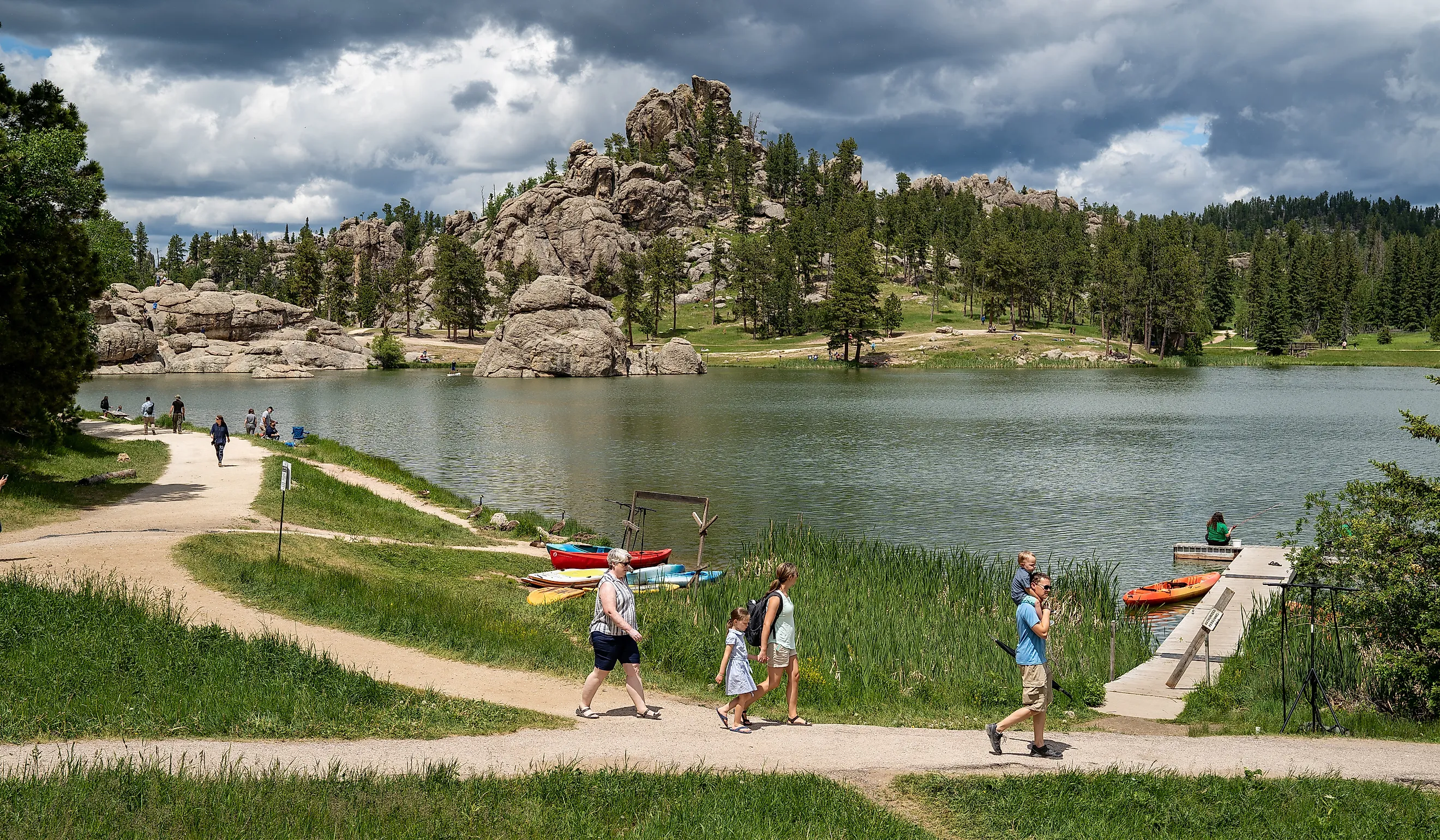
5 National & State Parks In South Dakota You Have To Visit
Ever driven through tunnels carved by hand or watched sunrise from the highest peak east of the Rockies? South Dakota stretches from the Black Hills in the west to glacial lakes in the east, with North Dakota, Minnesota, Iowa, Nebraska, Wyoming, and Montana as its neighbors. Its history includes Lakota homelands, frontier trails, gold rush camps, and parks built through New Deal-era projects. Each park on the list offers something solid: mapped trails, rock formations, fossil beds, or roaming bison. You can hike, drive, or paddle at these five parks at your convenience. Pack appropriately, check the weather, and you are ready to go.
Badlands National Park
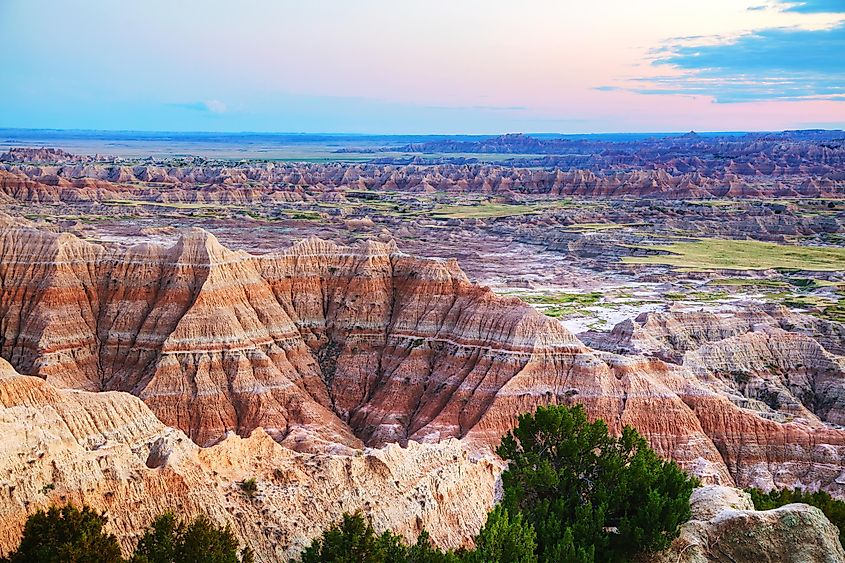
The French called it les mauvaises terres à traverser, meaning “bad lands to cross.” The name stuck, but it is misleading, because the terrain is rich and beautiful. Kick things off at the Ben Reifel Visitor Center to start your morning, where you can collect a trail map and see the Fossil Preparation Lab. Behind glass walls, paleontologists clean bones collected from the surrounding formations. From there, drive the entire length of Sage Creek Rim Road and stop at the overlooks to see if you can spot wildlife in the grasslands. Bison are often out in the open, while bighorn sheep tend to stay up high on the cliffs at Pinnacles Overlook. Take your time at the overlook for a panoramic view of the Badlands.
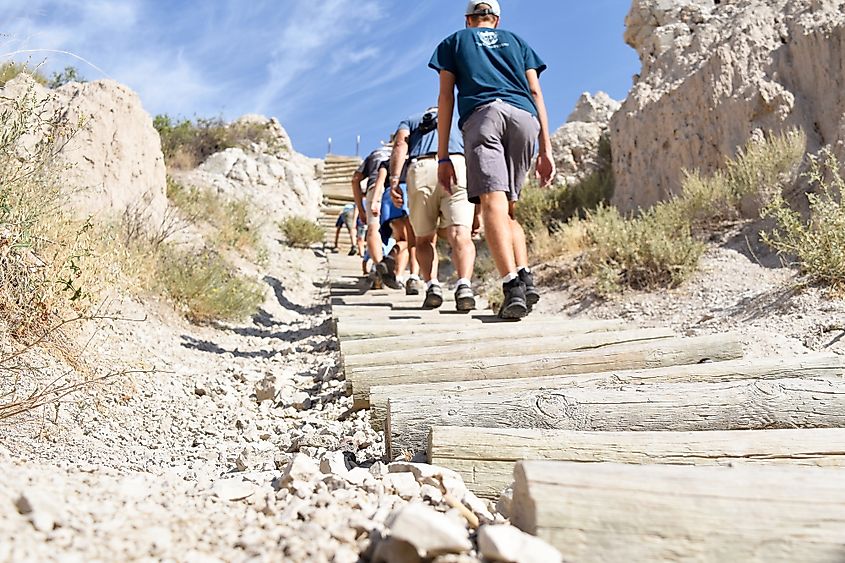
If you are not in a rush before sunset, head east to walk part of the Castle Trail, where you can watch the light move slowly across the Wall. The rock changes color gradually till it disappears.
Custer State Park
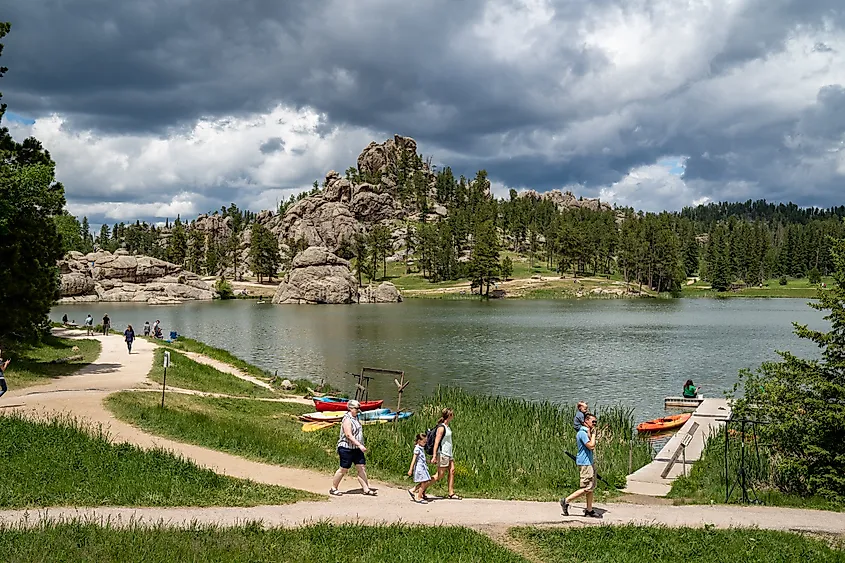
How many parks give 1,300 bison room to roam across 71,000 acres? None. Begin your journey at Sylvan Lake, with still water beneath granite walls. You can either walk the short loop or climb to Black Elk Peak, the highest point east of the Rocky Mountains. Pro tip: go there at sunrise and you will not regret it. Next, take Wildlife Loop Road, where bison graze near the road and burros take their time crossing like they own it. You can see pronghorn off in the distance, just past the fences.
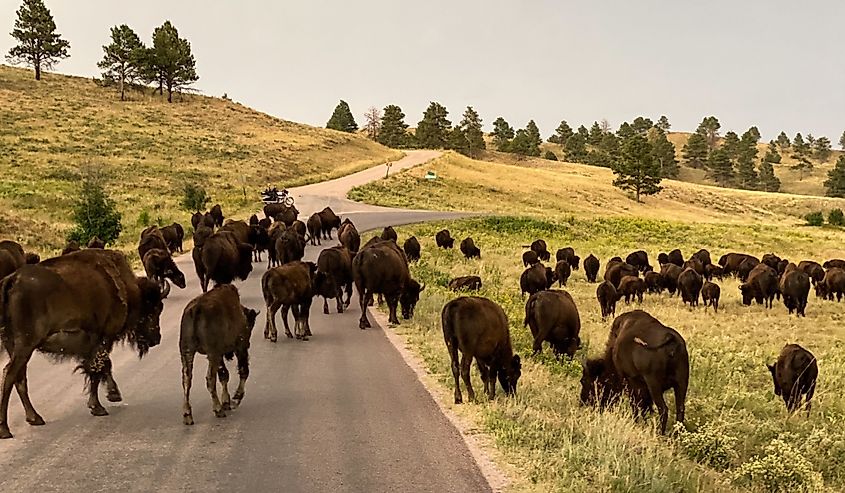
Next, take a drive on Needles Highway. The narrowest passage is at Needles Eye Tunnel, which is just 8 feet wide. A few miles later, drive through Iron Creek Tunnel, slightly wider at 8 feet 9 inches. For a road to finish your scenic drive, go on Iron Mountain Road, where the pigtail bridges and steep turns force you to slow down and enjoy the scenery, whether you want to or not.
Wind Cave National Park
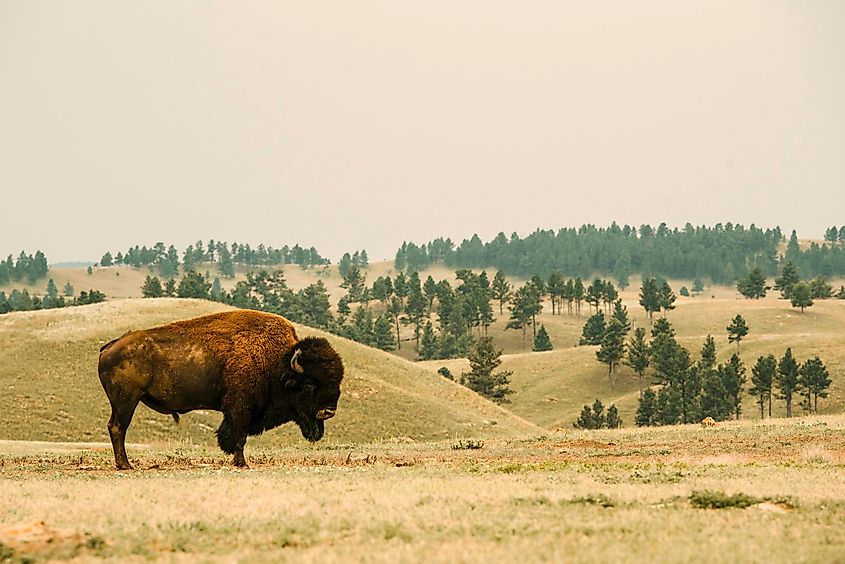
Wind Cave National Park protects over 150 miles of mapped cave and the grassland above it, so basically, you get two parks in one. Begin your visit at the Visitor Center and sign up for a cave tour; this is one of the longest cave systems in the world. All tours are led by park rangers. Tickets often sell out by early afternoon. If you prefer to stay above ground, choose a hiking trail. The Prairie Vista Trail is the shortest and easiest to follow. The Boland Ridge Trail is longer, more strenuous, and provides expansive views of the Black Hills.
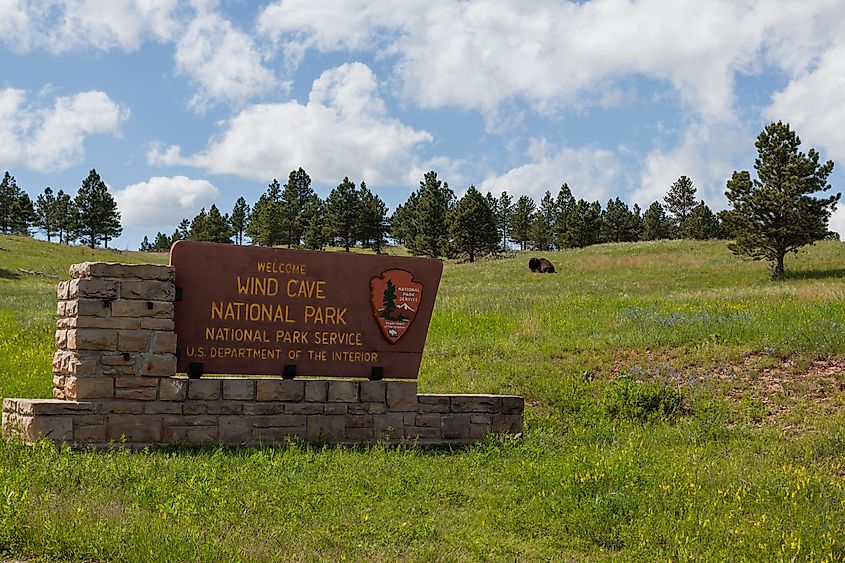
Be on the lookout for prairie dog towns near the main road. You will hear them before you see them. If you want to go backcountry camping, head to the northwest zone. A free camping permit is required, and camping is only allowed in designated sites.
Palisades State Park
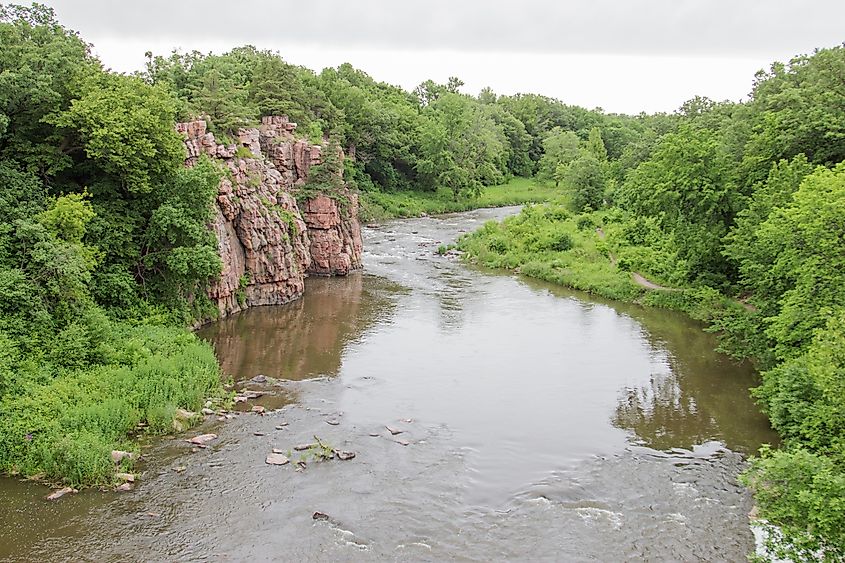
Fun fact: the Sioux quartzite spires in this park are over 1.2 billion years old, carved slowly by Split Rock Creek over millions of years. Start at the creek, where the water runs along the rock walls. Travel the King and Queen Trail that follows the gorge and crosses an old bridge; this is a great view in both directions.
Next, hike the South Wall Trail, a short ascent to the ridge above the cliffs and the water below. Come in the late afternoon to take advantage of the best light. Finish your hike with a quiet picnic, perhaps stargazing, or overnight camping at one of the small park campsites.
Oakwood Lakes State Park
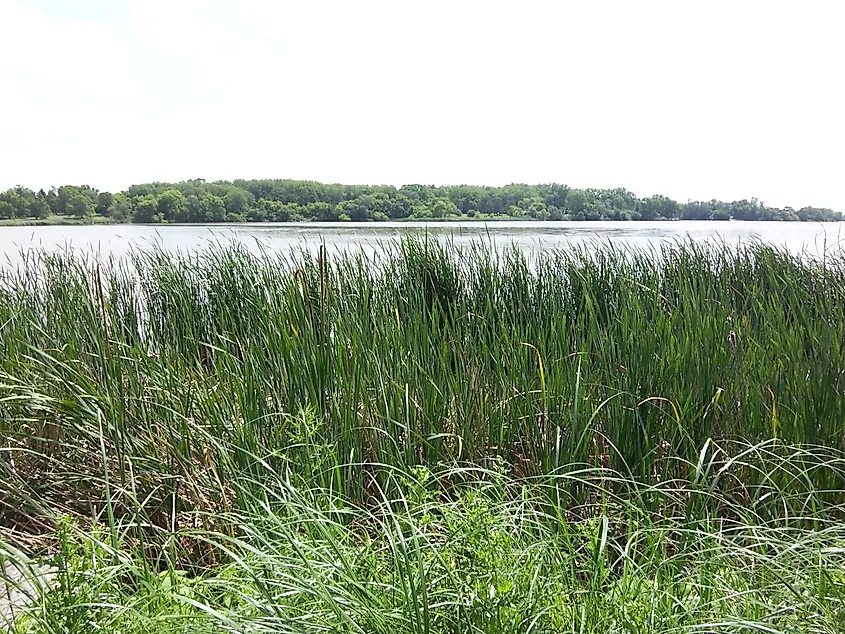
Seven glacier-formed lakes surround this state park, shaping a calm place to unwind. Begin your adventure on the water at either Johnson Lake or Lake Tetonkaha, both of which are great for canoeing, kayaking, and fishing. Then, check out the Princess Shining Star Overlook for an open view across the lakes.
Afterward, hike Mortimer’s Shoreline Trail and walk to the amphitheater, where summer events and talks happen occasionally. Then, continue on the Lake View Trail, which is an easy path along open water and reed beds. The park also has a disc golf course and a horse camp available for overnight camping.
What to Expect Out There
In these five parks, you will not encounter long waiting lines or crowds of people rushing past. You will find bison, which wander across the road without any warning, trails that wind their way through old rock, and caves that extend far below the ground. Each park offers something different: hikes above the ridges, drives into the prairie, caves, or glacier lakes. None of this is hurried. You will stop when you want, move when you are ready, and see how the land affects the day. South Dakota does not sell the wild. South Dakota keeps it. If you are looking for something genuine, you will find it here, among the stone, the grass, and the wind.
